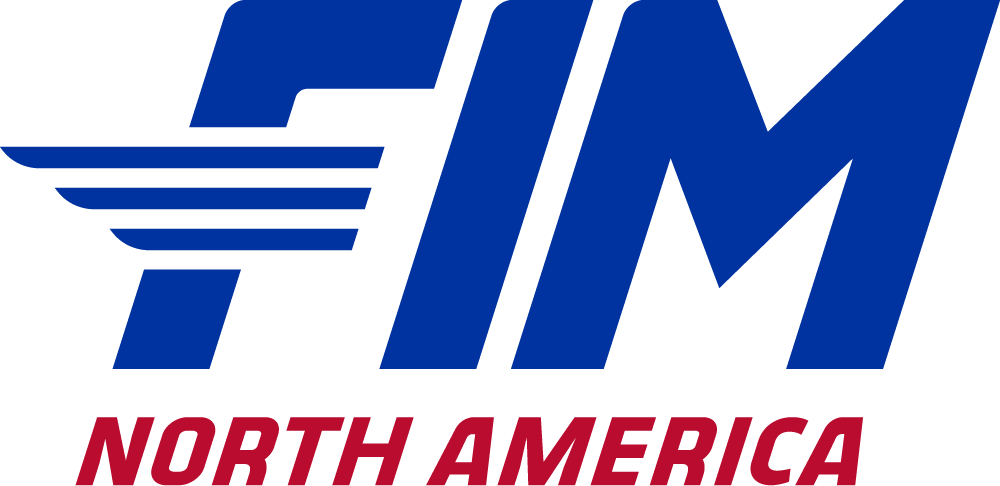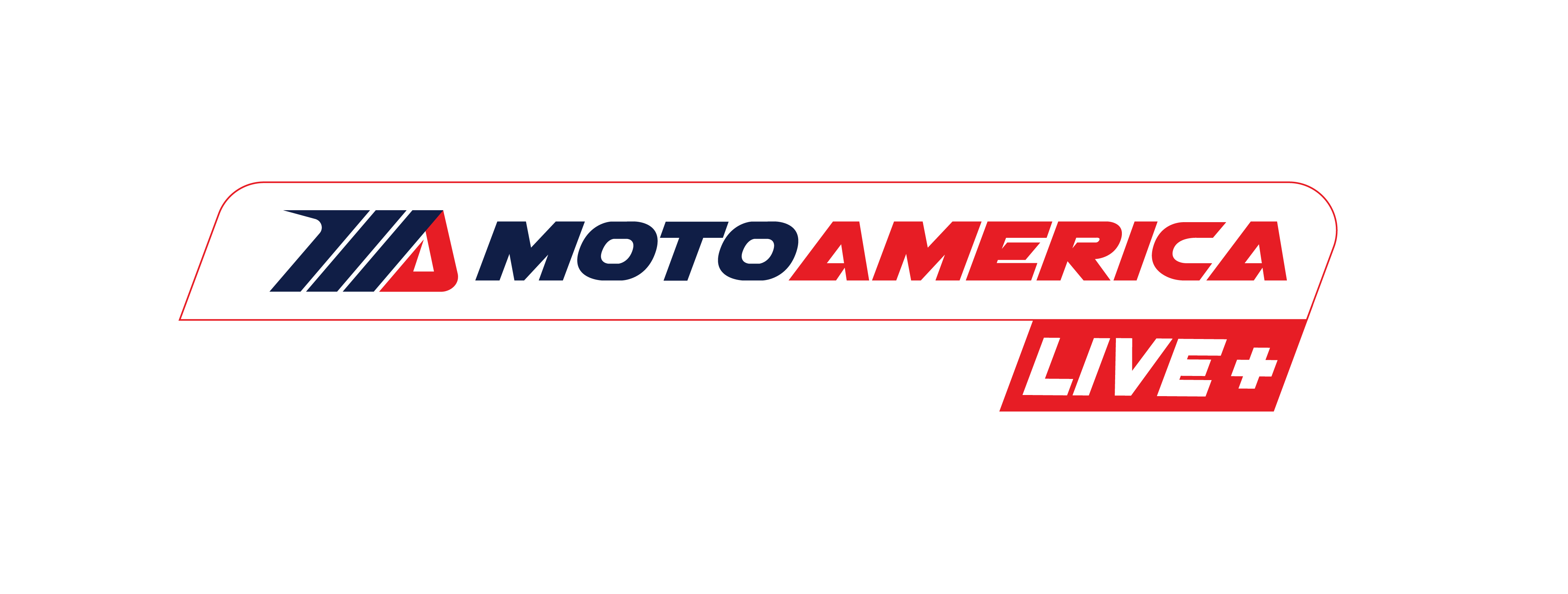
Original-equipment motorcycle exhaust systems are often works of art. They are also, more often than not, a compromise.
Of course, the engines and OEM exhaust systems on production motorcycles are designed to work together, but factors like cost, durability, environmental regulations related to emissions and sound, and even aesthetics all play a part in how those OEM exhaust systems look and perform on the street.

On production-based road racing motorcycles—like all of the bikes that compete in the MotoAmerica Series—optimum performance is the ultimate goal, and function is more important than form. When preparing a production-based motorcycle for MotoAmerica competition, one of the very first things that is replaced is the OEM exhaust system. This is a universal truth in all five race classes, from the Liqui Moly Junior Cup bikes all the way up to the Superbikes. But why?
Think of a motorcycle engine in human terms, and as a breathing entity. Like us, motorcycle engines—as well as all internal combustion engines—both take in air and expel air. They inhale through filtered intakes and exhale through a muffled exhaust. And, also like us, being able to breathe in and out clearly and with no obstructions or restrictions is critical.
OEM exhaust systems are inherently more restrictive than aftermarket racing exhaust systems. Because of all sorts of government regulations, they just don’t exhale as well as they could. And also, because an engine, like us human beings, can only inhale the same amount of air that we can inhale, if you can breathe more air out, then you can breathe more air in. The result of better breathing is increased performance and more power.
OEM exhaust systems are also inherently heavier than aftermarket racing exhaust systems. OEM systems are often made of heavier, less-expensive materials and usually include one, if not several, heavy heat shields. OEM systems may also be subject to all kinds of restrictive bends in order to provide a more aesthetic look for the bike. In more recent years, even the mufflers on streetbikes are shaped to blend more smoothly with the frame or bodywork.

When building a racebike, almost none of the above factors enters into the equation with a racing exhaust system. You want the lightest system possible, routed in the simplest and most power-producing manner, and with a muffler (or mufflers) that only provide(s) the bare minimum of noise reduction as required by MotoAmerica rules.
No compromises. Just power-producing speed. All with the ultimate goal of winning races.
To purchase tickets for all MotoAmerica events, click HERE
For information on how to watch the MotoAmerica Series, click HERE
For the full 2020 MotoAmerica Series schedule, click HERE








